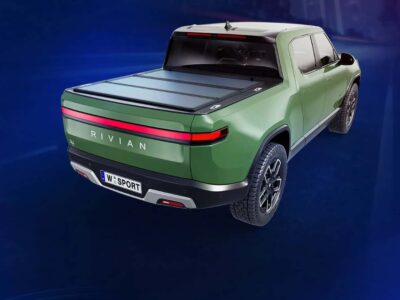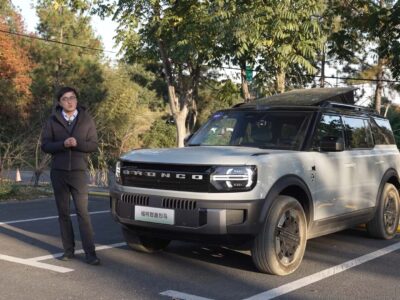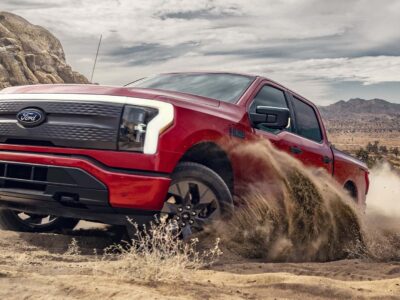
More than five years after the debut of the Tesla Model 3, the U.S. vehicle market is about to welcome a true rival for the electric model that arguably kickstarted the electric vehicle market in 2017.
While there’s a long list of crossover SUV entries lining up to compete with the subsequent Model Y, the Ioniq 6 is the first sedan stepping into the ring. Armed with its pedigree, including the advanced E-GMP platform and meticulous attention to detail, from driving dynamics and handling to space-maximizing packaging, Tesla faces a formidable competitor.
First and foremost, the Ioniq 6 boasts an impressive exterior design, bearing a striking resemblance to the eye-catching Prophecy concept car. Taking a closer look at the rear, it resembles, quite significantly, the profile of a classic Porsche 911, from the roofline and light bar to the spoiler. Reportedly achieving a drag coefficient of 0.21, it puts it on par with the Tesla Model 3—an important distinction as it competes in terms of efficiency and EPA-rated range against the leader in this class.
Despite the initial visual impression, it is indeed a sedan, complete with a trunk lid. This correspondent can’t recall one with such a backward-leaning inclination since the Infiniti J30.
The Ioniq 6 is based on the E-GMP propulsion kit, familiar to anyone who has studied the specifications of the Ioniq 5 or Kia EV6. Unless additional updates are included, a single-motor rear-wheel-drive model generates 225 hp and 258 lb-ft, while an all-wheel-drive model produces 320 hp and 446 lb-ft, thanks to the addition of a second motor on the front wheels, delivering 99 hp and 188 lb-ft.
Being slightly longer than the Model 3 with a wheelbase of 116.1 inches, the Ioniq 6 promises interior space akin to the magic reported in the Hyundai Ioniq 5. In their electric crossover, Hyundai pushed the dashboard forward to maintain a spacious and airy front cabin while maximizing legroom in the rear. It appears the same philosophy is upheld here, although it remains to be seen how this packaging transfers to a sedan in terms of seat height.
Controls and screens seem largely shared with those of the Ioniq 5, featuring dual 12.3-inch displays side by side, along with a range of recycled materials dressing the cabin with an eco-friendly flair.
The Ioniq 6 could pose a significant challenge to Tesla, potentially becoming a substantial market growth source for Hyundai. Together, the Tesla Model Y and Model 3 account for almost two-thirds of new electric vehicle sales in the U.S., and while the Model Y has taken the lead recently, the Model 3 was the best-selling plug-in passenger car globally for three years, accumulating hundreds of thousands in sales in the United States alone.
As fantastic as the Ioniq 6 seems and as impressive as it might be to drive, the product itself is just one aspect. The Ioniq 6 may retain the 800-volt fast-charging of the Ioniq 5 but won’t have Tesla’s Supercharger network. Hyundai hasn’t allocated enough electric vehicles to meet U.S. demand, nor have they adequately prepared their dealerships, creating a situation where the related Kia EV6 is easier to acquire.
With U.S. facilities in progress, all of this could change. Yes, we know that Hyundai has a large three-row electric Ioniq 7 SUV on the way and a Georgia factory aiming to produce 300,000 U.S.-made electric vehicles per year. However, let’s hope Hyundai hasn’t overlooked the American appetite for sleek sedans along the way.







